Yesterday afternoon the Housing, Communities and Local Government Committee presented evidence on the draft Building Safety Bill. With this in mind, Insurance Times finds out what the insurance industry’s recommendations are
The insurance industry gave its recommendations for the draft Building Safety Bill (BSB) 2020 as the pre-legislation was scrutinised yesterday afternoon in Parliament.
On 14 September, the Housing, Communities and Local Government (HCLG) Select Committee gave oral evidence during a pre-legislative session to assess the policy objectives, key provisions and the impact of the draft BSB to determine whether the legislation does everything it should.
The panel included Sir Ken Knight, who is chair of the Building Safety Independent Expert Advisory Panel, which was formed in the aftermath of Grenfell, and Roy Wilsher, chair of the National Fire Chiefs Council (NFCC).
The two examined how successfully the draft legislation improves current regulation and how it provides a building safety regime to ensure there is no repeat occurrence of the Grenfell Tower tragedy. They also reviewed how the proposed regulator’s powers and responsibilities can ensure high safety standards in the building sector for the long-haul.
To help with this, evidence from a range of organisations had previously been called for, to support the Bill’s primary intention of making buildings safer and preventing further tragedies.
But is the Bill substantial enough to prevent another Grenfell? And what about the insurance implications?
Who is accountable?
The draft Bill makes insurance a condition the Building Assurance Certificate, which gives considerable leverage to the broker.
Matt Hodges-Long founded not-for-profit firm the Building Safety Register, which is a technological solution powered by insurtech TrackMyRisks – of which Hodges-Long is chief executive.
He told Insurance Times: “It’s an extensive Bill, I think the issue comes down to who is responsible for putting these problems right? At the moment, the Bill makes that the responsibility of leaseholders - this is the Building Safety Charge which is essentially a mechanism for charging leaseholders for building safety improvements and the management [of it], but there is very little clarity on what can and can’t [be] put against this charge. The Bill is also moving from a rule-based regulatory system to a risk-based system.”
And this essentially leaves the approach to risk open-ended.
The Building Safety Register is a means of communication to manage risk for the lifetime of the building, as it holds credentials about safety and quality.
Knight said: “It is really important for the resident to know who is responsible so they know who to go to. That clarity [for who is accountable] is vital at this stage.”
However, Knight and Wilsher agreed that the role may not be attractive due to the level of accountability, potential for criminal liability and possible sanctions; they asked for further clarity on the length of accountability.
’Golden Thread’
Knight highlighted that the Bill closely follows the Dame Judith Hackitt 2018 report – ‘Building a Safer Future: Independent Review of Building Regulations and Fire Safety’ - by addressing several failings in the market, such as the culture in procurement principles which sees the cheapest possible materials being used for buildings.
In Hackitt’s report, she referred to the ‘Golden Thread’ which is the idea that fire safety belongs to everybody and therefore the concept aims to extend best practice to wider society. But two main challenges remain – a lack of engagement from residents and the absence of up-to-date data on buildings.
The Bill proposes a Building Safety Regulator, which will sit within the Health and Safety Executive (HSE). Knight added: “[The HSE] has vast historic experience, I think the challenge will be the skills gap. There’s a really serious issue to be addressed here – how do you get that competence in the whole of the sector?”
This is because there is a shortage of fire engineers and educational routes for the role.
Captives
Hodges-Long said the Ministry of Housing, Communities and Local Government (MHCLG) and the FCA should consider the lack of agency that leaseholders have over the cover that they pay and commission. Many leaseholders are currently facing high premiums in reaction to Grenfell.
Although Hodges-Long believes that insurance should remain mandatory, the following should be adopted:
- The FCA and the MHCLG should work together to review insurance distribution in the property management sector.
- The FCA should consider leaseholders as “vulnerable customers” especially in buildings with known risks.
- Full insurance programmes should be shared with residents and a Property Insurance Ombudsman should be created to handle disputes.
He continued that insurance must cover vulnerable customers adequately and warned that inadequate insurance could be used to their detriment, therefore more clarity on how insurance is distributed in large blocks is needed.
Failure to pay insurance would remove the residents’ right to occupy the building; Hodges-Long said customers are therefore held “captive” as it is a forced purchase.
More onerous
But the Bill, Knight said, is more “onerous” than Hackitt’s and is therefore a “significant step”.
This is because it specifies buildings over six floors high instead of 10 storeys and includes student accommodation - he cited the fire last November in the student flats in Bolton’s The Cube.
He said: “We have seen the tragedy of Grenfell and focused on high-rise residential buildings, but there are buildings – care homes, nursing homes or hospitals that [are not] necessarily high-rise but they do have a high-risk occupancy, and there is much more work to be done in that area. I think there is an important role for the people around the new Building Safety Regulator.”
Vulnerable customers
The Bill does not include places where vulnerable people reside, Wilsher argued: “We don’t think that high-rise equates to high risk necessarily. We think there are about 400 high-rise residential buildings a year that we might have to look at and there’s probably some scope to expand to care homes.”
He called for a cross benefit analysis to ensure buildings have the best possible fire safety.
Knight added: “There is more work to be done in terms of real risk in terms of fire and people at risk because it isn’t just about height – it’s also about occupancy and ability to escape.”
Meanwhile he also questioned whether it was “right and proper” that the secondary legislation for the Bill allows the opportunity for the Building Safety Regulator to be scrapped altogether.
Conflict of interest
The Bill also maintains a conflict of interest – that building control can appoint their own building inspectors and get work signed off.
Voicing his concerns, Wilsher said: “We do not think that people should be able to appoint their own building inspectors to sign off the work – it should be independent.”
Knight added: “What we do need to ensure is that [the] building inspector is competent enough to do the work.”
Clarity is key
Meanwhile, Allison Whittington, head of housing at Zurich, said that whilst the Bill establishes an overarching framework, it lacks clarity with how the new regulatory system will operate, the requirements the system will define and impose and how it will be enforced.
This, Whittington said, is because “the implementation and development of the detailed secondary legislation will be key to its success in implementing all the recommendations from Hackitt’s report”
She continued: “We, therefore, welcomed the opportunity to feed into this pre-legislative scrutiny of the Bill, highlighting a range of solutions including the need to immediately expand the scope of the Bill to include buildings of any height and to introduce a system that is able to incorporate a more holistic understanding of risk factors, including the vulnerability of building occupants. This would then necessitate a wider range of buildings to be brought into scope of the Bill.”
Zurich welcomes the draft Bill as a “significant step towards ensuring that building regulations are both up-to-date and fit for purpose”.
Like Zurich, the ABI welcomed the draft Bill, an ABI spokesperson said: “The publication of the Bill is an important step for the wider reform of the building regulations systems and provides welcome clarity on the responsibilities of the building owner. We will be responding to the HCLG Select committee’s pre-legislative scrutiny inquiry and look forward to continuing to work with the committee, government and wider cross-industry stakeholders to ensure legislation delivers the fundamental reform needed and that confidence in the regulatory system is restored.”
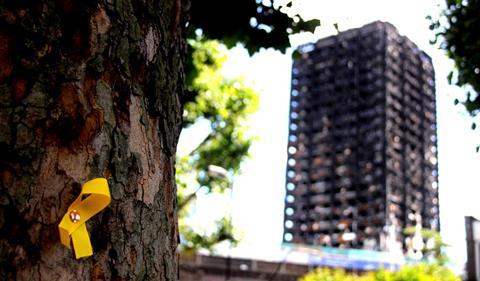






























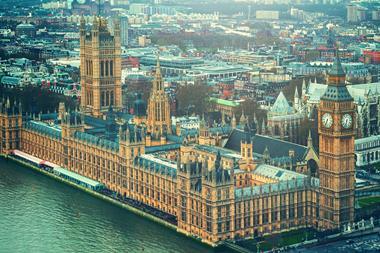

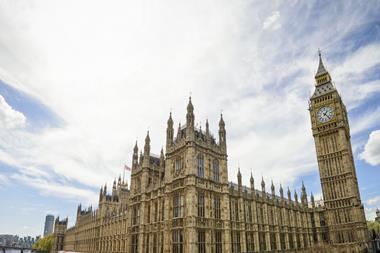
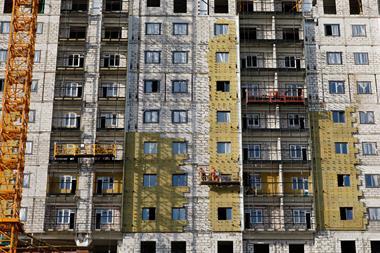

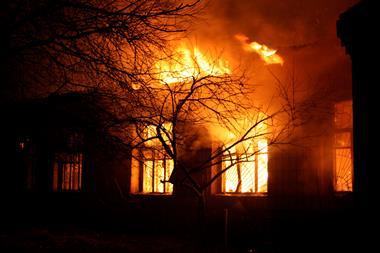









No comments yet